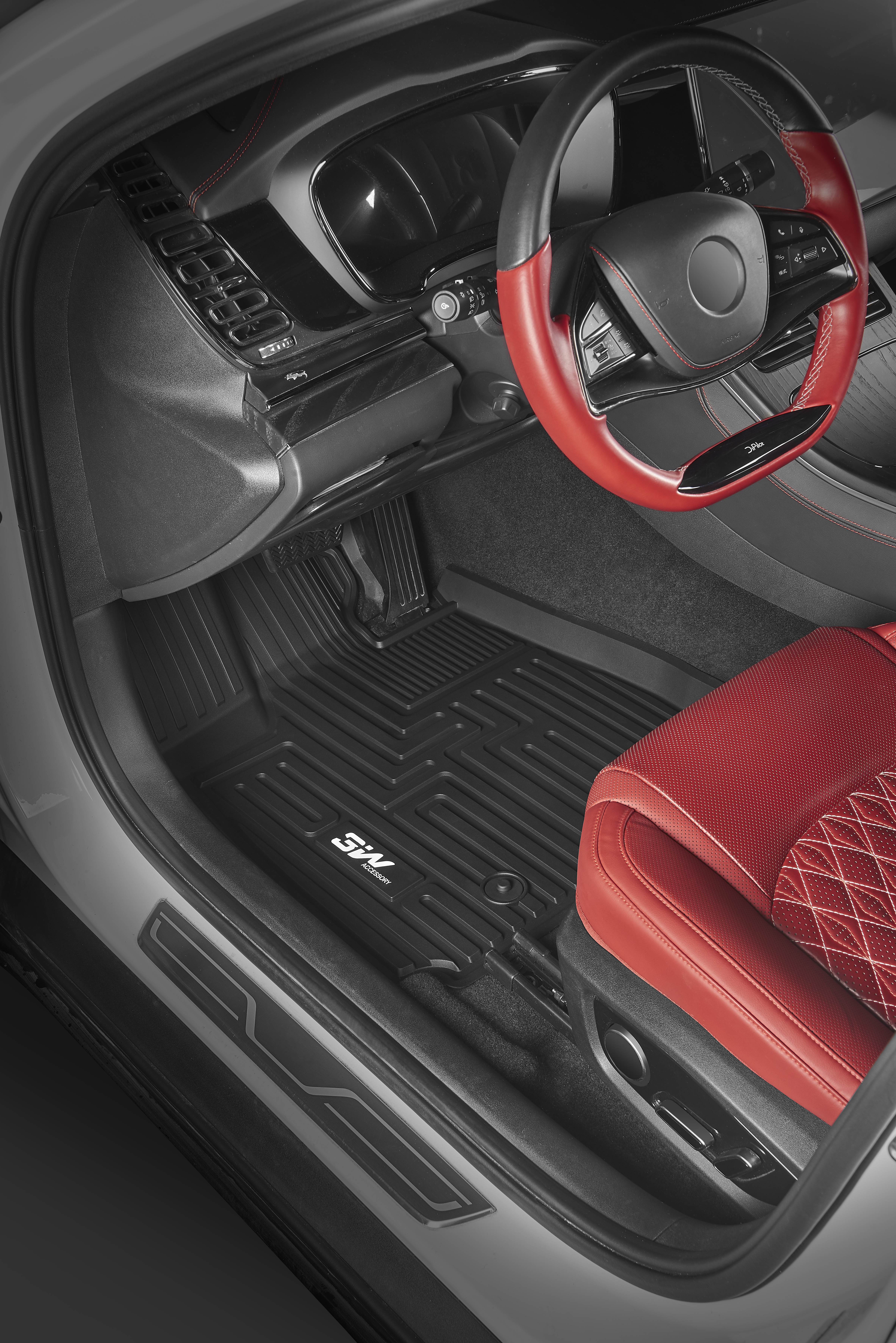Chinese scientists unveiled an electric vehicle powered by a sodium ion battery on Thursday, marking a milestone in the commercialization of the emerging technology in the EV market.
The five-seat passenger vehicle, called Hua Xianzi (flower fairy), was showcased during the Second Chinese National Conference on Na-ion Batteries. It was developed by HiNa Battery, a high-tech company affiliated with the Institute of Physics of the Chinese Academy of Sciences.
The demonstration car’s battery has a total energy capacity of 25 kilowatt hours, and the vehicle can drive up to 250 kilometers per charge. The energy density of the car’s batteries was over 140 watt hours per kilogram.
The sodium ion battery is an emerging battery technology with substantial cost, safety and sustainability advantages over conventional lithium-ion batteries. The current generation of sodium ion battery packs has relatively less energy density compared to its lithium counterparts, but the gap is closing with new innovations and breakthroughs in battery design and materials science.
The scarcity and cost of lithium has been a long-standing challenge in the battery industry. Companies around the world have spent years looking for an alternative, and sodium ion battery technology has emerged as one of the most promising candidates.
China currently imports 70 percent of its lithium, and the development of China’s EV industry might be affected due to the limited supply of the metal and the recent surge in its price, according to a report by Guotai Junan Securities.
Li Shujun, general manager of HiNa Battery, said the company will facilitate the application of the sodium ion battery in various electric vehicles and electricity storage infrastructures.
Post time: Feb-25-2023

